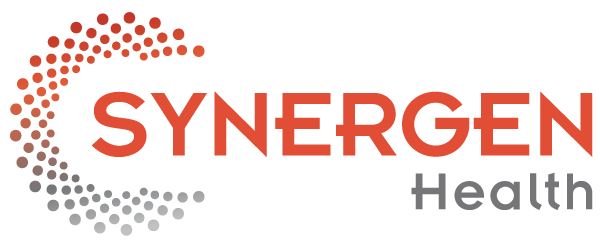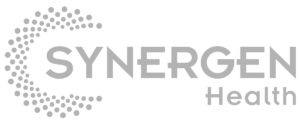By Teri Gatchel-Schmidt, VP, Consulting at SYNERGEN Health
Healthcare systems driven by insurers fronting most of their members’ healthcare bills have allowed hospitals to be relatively immune to economic downturns in the past. However, this dynamic began to shift as consumer-directed health plans hit the mainstream. Exaggerated by the rise of the current consumer mentality, even more, patients will be vulnerable to healthcare financial responsibility due to the prevalence of high deductible plans (HDHPs) as consumers embark on the looming bust.
To this end, healthcare organizations must be prepared to diligently reduce patient responsibility for aged receivables. With the use of robotic process automation and machine learning, such important yet routine tasks can be replicated and outcomes can be predicted so providers know what to collect in advance, therefore reducing the receivables.
Patient debt is growing
Currently, more than 100 million adults in America have healthcare debt, and many healthcare organizations are already operating on thin margins following the COVID-19 pandemic. Additionally, 41% of American adults have some debt caused by medical bills – according to a 2022 report from the Kaiser Family Foundation. This can lead to people going without needed care because of costs. Now, with rising debts and a looming recession, many healthcare organizations must take the necessary proactive steps to avoid an increase in their aged receivables.
Given the current economy, increases in unemployment will impact the number of uninsured seeking medical care. With a recession, this will likely worsen adding to it an increase in behavioral health, leaving more patients vulnerable to seek the care needed without the financial means to pay for services.
Improving the financial experience
Medical expenses and bills can easily create confusion for a patient. Without transparency upfront in providing accurate estimates of health care services or the ability to provide multiple payment options, patient liability is difficult to manage. Using front-end tools to verify benefits and estimate patient responsibility, providers can improve their bottom line while also strengthening patient satisfaction, ultimately leading to a more seamless patient journey.
The first step is transparency into patient liability before services are rendered. As it stands, 70% of patients with family incomes less than $40,000 reported they were unable to cover an unexpected medical bill of just $500. A recession will only further weaken patients’ financial responsibility.
When providers arm themselves with advanced tools to provide accurate, easy-to-understand estimates that enable patients to understand their out-of-pocket financial responsibilities before they receive care, the chances of receiving a surprise bill post-care are greatly reduced. This helps to set financial expectations and provides patients with alternatives to make informed decisions. With this level of transparency, the patient experience is improved while providers are more likely to get paid accurately and in a timely manner.
Expanding payment options
Integrating payment solutions is another way technology can be used to enhance the patient’s financial experience. An integrated payment strategy will expedite payments and boost cash flow for a healthcare organization, while also making it easier for patients to address their medical bills. With access to advanced payment technologies, patients can make payments via the web, phone, or even an interactive voice response (IVR) in some cases. Providers can also offer automated capabilities to manage partial payments and/or schedule payment plans based on individual patient needs.
Going the extra mile to enhance the patient payment experience is critically important ahead of what experts are declaring a looming recession as it’s likely we will begin seeing patients take a tighter grip on their wallets. It’s critical that each experience they have with their provider is a positive one – from beginning to end. With patients who are still currently being hit with surprise bills and limited payment options, it is sure to negatively impact their satisfaction, thus impacting provider loyalty. With the combination of automation and analytical tools in the hands of healthcare staff and consumers, revenue cycle leaders are better equipped to financially ride out the recession.
Securing the bottom line and the patient experience
In times of great economic uncertainty, healthcare providers will be looking to take the necessary precautions to prepare for and withstand a potential recession. Part of this is simply avoiding higher aged receivables amid increasing patient responsibility. Providing patients transparency through the entire patient journey to ensure a seamless financial experience is critical. Encouraging consumer-driven technology solutions that offer easy-to-read statements and convenient bill pay will be equally important. Investing in an integrated payment solution will improve transparency by putting the appropriate tools in the hands of patients. Ultimately, this will enable healthcare organizations to collect payments faster while also creating the most positive patient experience at each interaction.
About the Terri Gatchel-Schmidt
Terri Gatchel-Schmidt serves as Vice President, Consulting at SYNERGEN Health, an end-to-end revenue cycle management solution that ensures the financial success of your practice. SYNERGEN Health transforms a health care organization’s revenue cycle ecosystem from end-to-end, generating the revenue essential to the viability of practitioners, enhancing patients’ experience and enabling financial success.

